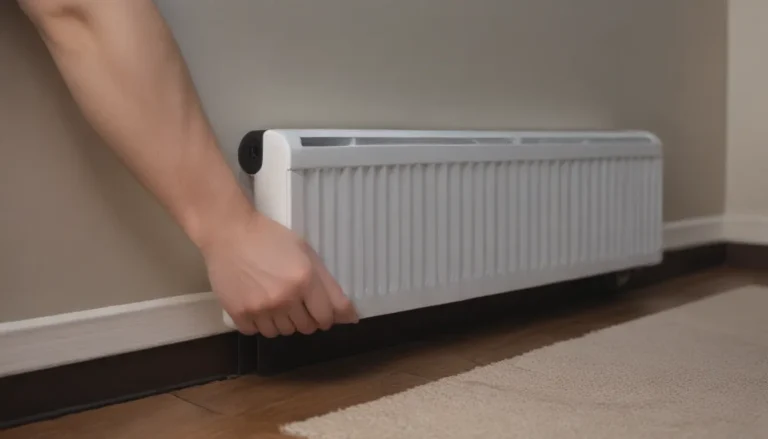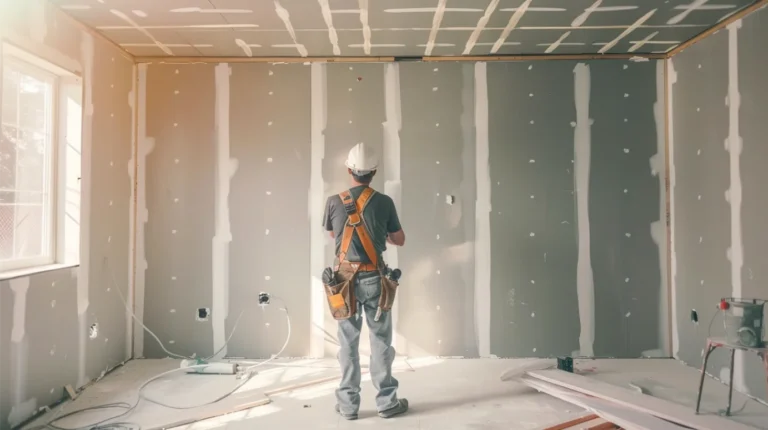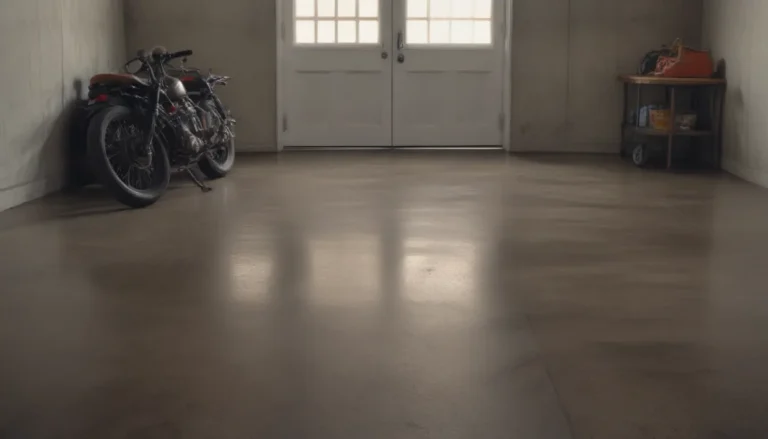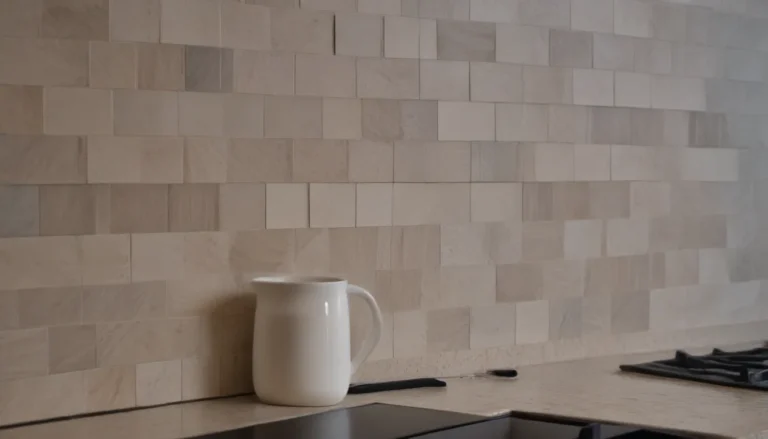Eggshell versus Satin Paint: Understanding the Key Differences
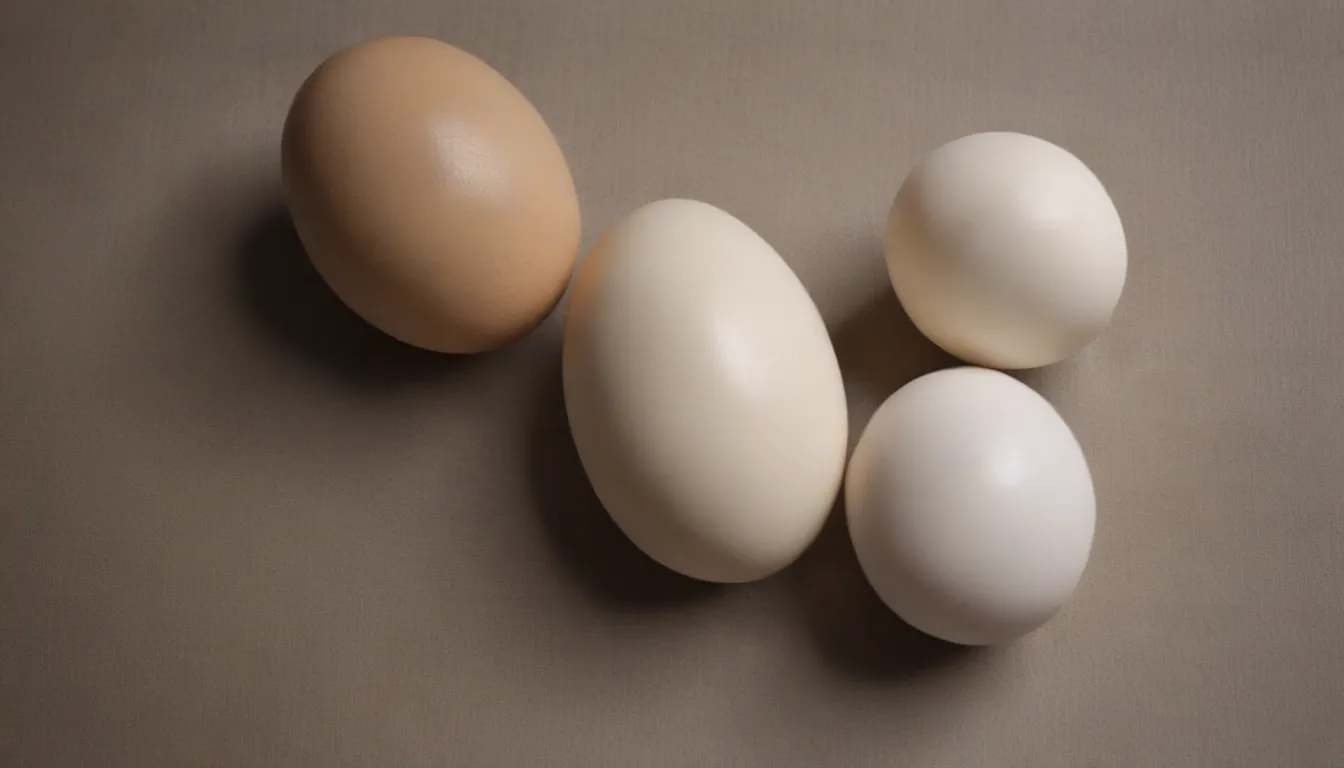
Are you planning to give your home a fresh coat of paint but aren’t sure whether to go for eggshell or satin? Both are popular choices for interior walls, but understanding the differences between these two paint sheens can help you make an informed decision. Let’s delve deeper into the world of paint finishes to help you choose the right one for your next project.
Eggshell versus Satin Paint: What Sets Them Apart?
Eggshell and satin paints are known for their balanced sheens that offer a mix of durability and cleanability without the high glossiness of some other finishes. These versatile paint options work well for various surfaces, but it’s essential to understand their unique characteristics to decide which one will best suit your needs.
Eggshell Paint: A Closer Look
- Appearance: Eggshell paint falls between flat and satin on the sheen scale, offering a low luster that hides flaws effectively.
- Durability: While not as durable as satin, eggshell paint is a good option for rooms where you want a flatter finish that can still be wiped down occasionally.
- Texture: Eggshell paints have a smooth surface that minimizes visible paint mistakes.
- Cost: Generally, eggshell paint is slightly cheaper than satin paint.
Satin Paint: Exploring the Features
- Appearance: Satin paint has a slightly higher sheen than eggshell, offering durability without being overly reflective.
- Durability: Satin paint is more durable than eggshell, making it ideal for high-traffic areas and rooms that require frequent cleaning.
- Texture: Satin paint has a tackier texture due to its higher sheen and additional resins.
- Cost: Satin paint is usually priced slightly higher than eggshell paint, but its durability makes it a valuable investment.
Eggshell versus Satin: Which One to Choose?
So, how do you decide between eggshell and satin paint for your painting project? Here are some factors to consider:
Eggshell Paint
- Ideal For:
- Walls with imperfections or texture
- Low-traffic areas
- Benefits:
- Hides flaws effectively
- Offers a balanced finish
- Drawbacks:
- Less durable than satin
- Harder to clean in high-traffic areas
Satin Paint
- Ideal For:
- High-traffic areas
- Rooms that require frequent cleaning
- Benefits:
- Highly durable
- Easy to clean
- Drawbacks:
- Reflects more light
- May highlight wall imperfections
Additional Considerations for Choosing the Right Paint Finish
When deciding between eggshell and satin paint, it’s essential to consider the specific needs of your space and the overall design aesthetic you want to achieve. Here are a few additional factors to keep in mind:
- Light Reflectivity: Satin paint reflects more light than eggshell, so consider the amount of natural light in your space.
- Durability: Satin paint is more durable than eggshell, making it a better choice for high-traffic areas.
- Cost: While eggshell paint is slightly cheaper, satin’s durability may justify the higher price.
Conclusion: Making the Right Choice
In conclusion, both eggshell and satin paints have their unique benefits and drawbacks. Understanding the key differences between these two paint finishes can help you make an informed decision that suits your specific needs and preferences. Whether you opt for the low luster of eggshell or the enhanced durability of satin, choosing the right paint finish can elevate the look of your space and ensure long-lasting results.
For more information on choosing the perfect paint finish for your next project, consult reliable sources such as the American Institute of Architects or Consumer Reports’ recommendations on paint finishes. With the right knowledge and considerations, you can transform your space with a fresh coat of paint that meets your design goals and lifestyle needs. Happy painting!
